1. Bamboo Flooring Without Certification
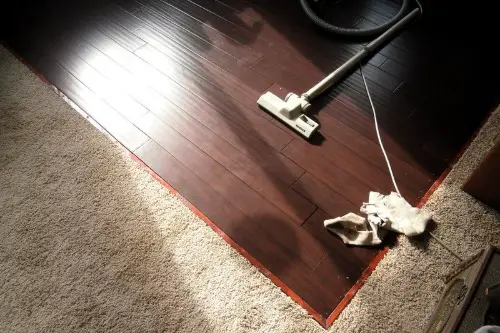
Bamboo is often marketed as a sustainable alternative to hardwood, thanks to its rapid growth rate. But not all bamboo flooring is created equal—many products are manufactured using toxic adhesives or harvested in ways that harm ecosystems. Without proper certification, it’s hard to know if the bamboo was responsibly sourced. It may look green, but the backstory can be murky.
Look for certifications like FSC (Forest Stewardship Council) or GREENGUARD to ensure low emissions and ethical sourcing. Otherwise, you might be installing a product that’s more harmful than helpful. Sustainability isn’t just about the material—it’s about how it’s made. Without transparency, it’s just polished greenwashing.
2. “Compostable” Countertops
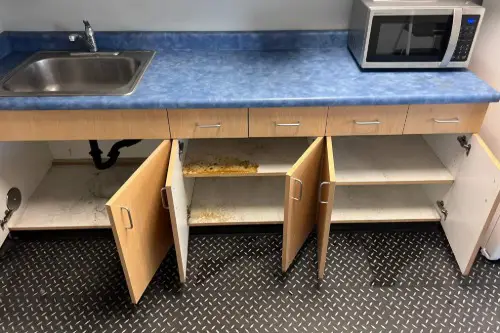
Some countertops are now being marketed as compostable or biodegradable, often made from recycled paper or resin-based materials. But in reality, these materials rarely break down in home composting systems and often require industrial conditions to decompose. Worse, they may still contain synthetic binders or sealants. The eco-label can be misleading.
If a product claims to be compostable, ask how and where it can actually be composted. If the answer is “not in your backyard,” it’s not as green as it sounds. Durability and recyclability often matter more in home materials. A countertop that lasts 30 years is greener than one that claims to disappear.
3. Solar Panels Without Energy Efficiency Upgrades

Solar panels are a great step toward sustainability—but if the home itself is poorly insulated or filled with energy-wasting appliances, the panels are just a bandage. Some builders install solar to check a box, without addressing the home’s overall efficiency. That means more panels are needed to compensate for waste. It’s a flashy fix that skips the fundamentals.
True eco-friendly homes start with insulation, efficient HVAC systems, and smart design. Solar should be the cherry on top—not the whole sundae. Otherwise, it’s more about optics than impact. A green roof doesn’t make up for a leaky envelope.
4. Artificial Turf as a Lawn Replacement
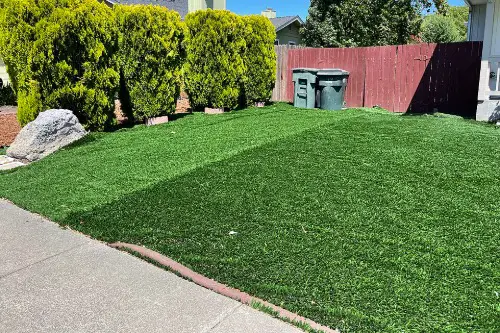
Artificial grass is often sold as a water-saving solution, especially in drought-prone areas. But it’s made from petroleum-based plastics, gets dangerously hot in the sun, and doesn’t support soil health or biodiversity. It also breaks down over time, shedding microplastics into the environment. It’s a short-term fix with long-term consequences.
Native landscaping or xeriscaping is a better alternative. These options save water while supporting pollinators and local ecosystems. Fake grass might be low-maintenance, but it’s also low on sustainability. Nature-friendly doesn’t mean nature-free.
5. “Green” Paints That Still Emit VOCs
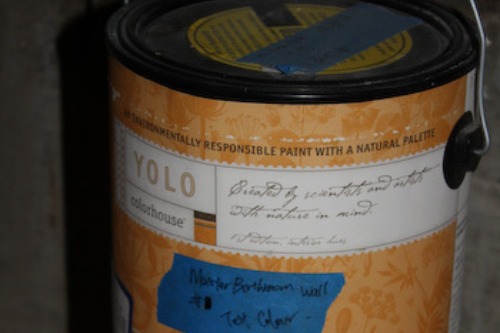
Many paints are labeled “low-VOC” or “eco-friendly,” but those terms aren’t tightly regulated. Some still emit harmful chemicals during application and curing, especially if they contain synthetic dyes or additives. Just because a paint is labeled green doesn’t mean it’s safe for indoor air quality. It’s a classic case of marketing over substance.
Look for third-party certifications like GREENGUARD Gold or Green Seal. These ensure the product meets strict standards for emissions and safety. A truly eco-friendly paint should protect both your walls and your lungs. Don’t let a green label fool you.
6. Recycled Content with No Disclosure
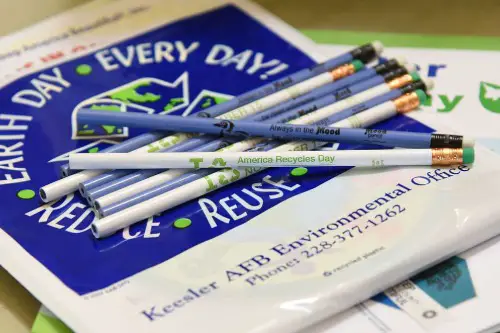
“Made with recycled materials” sounds great—until you realize there’s no information about how much or what kind. Some products use as little as 5% recycled content and still market themselves as sustainable. Without transparency, it’s impossible to gauge the real impact. It’s sustainability by suggestion, not by fact.
Ask for specifics: post-consumer vs. post-industrial, percentage of recycled content, and sourcing details. Certifications like GRS (Global Recycled Standard) can help verify claims. Vague language is a red flag. Real green products don’t hide the numbers.
7. Smart Thermostats Without Smart Usage
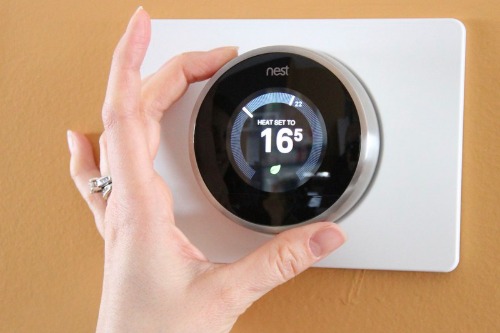
Smart thermostats are often touted as energy-saving devices—but they only work if they’re used correctly. If homeowners override settings, leave them on manual, or don’t program them at all, the savings disappear. Some builders install them as a green feature without educating buyers on how to use them. It’s a missed opportunity wrapped in a sleek interface.
Energy efficiency isn’t just about the gadget—it’s about behavior. A programmable thermostat is only as smart as the person using it. Without engagement, it’s just another screen on the wall. Education is part of sustainability.
8. Low-Flow Fixtures That Compromise Function
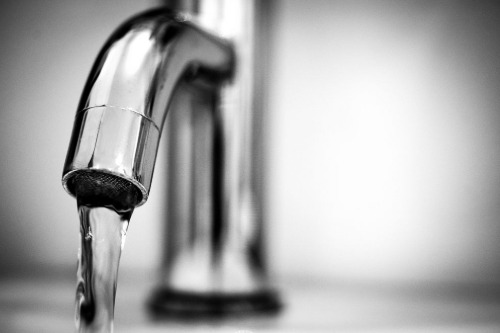
Low-flow faucets and showerheads are designed to save water, but if they’re poorly engineered, they can lead to longer usage times or double the effort. That means more water, not less. Some builders install the cheapest models to meet code, not to improve performance. It’s conservation in name only.
Look for WaterSense-labeled fixtures that balance efficiency with usability. A good low-flow shower should still feel luxurious. If it doesn’t, people will find ways around it. Real sustainability doesn’t sacrifice comfort—it enhances it.
9. Reclaimed Wood Without Provenance
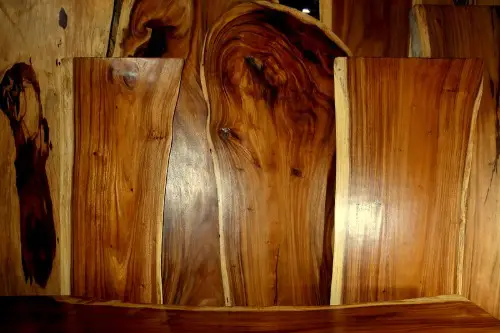
Reclaimed wood is often seen as the ultimate eco-material—rustic, recycled, and full of character. But not all reclaimed wood is responsibly sourced. Some comes from unknown origins, treated with old chemicals, or harvested in ways that aren’t actually sustainable. Without documentation, it’s hard to know what you’re getting.
Ask for sourcing details and certifications like FSC Recycled. True reclaimed wood should have a traceable story. Otherwise, it’s just old wood with a trendy label. Authenticity matters as much as aesthetics.
10. Carbon Offsets Without Real Reduction
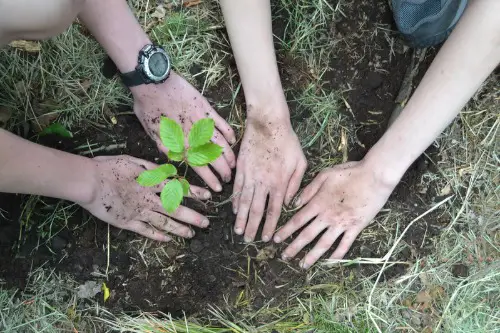
Some homes or developments claim to be “carbon neutral” thanks to carbon offsets—like tree planting or renewable energy credits. But offsets don’t always deliver the promised impact, and they can be used to justify continued overconsumption. It’s a way to buy green credibility without making real changes. And that’s where greenwashing creeps in.
Offsets should be a last resort, not a first move. Real sustainability starts with reducing emissions at the source—through better design, materials, and energy use. Offsets can help, but they’re not a free pass. Accountability beats appearance every time.
This post 10 “Eco-Friendly” Home Features That Are Being Called Out as Greenwashing was first published on Greenhouse Black.
